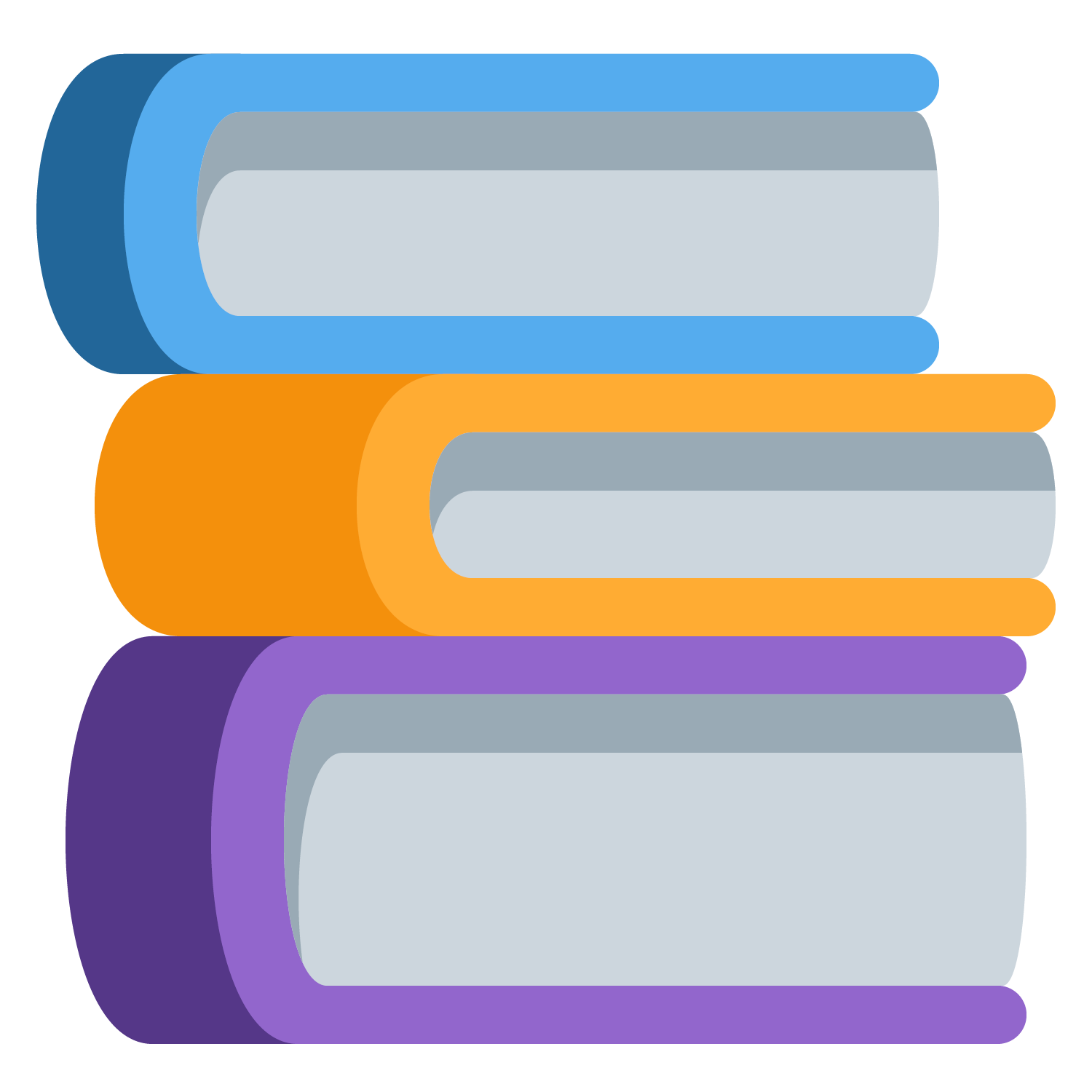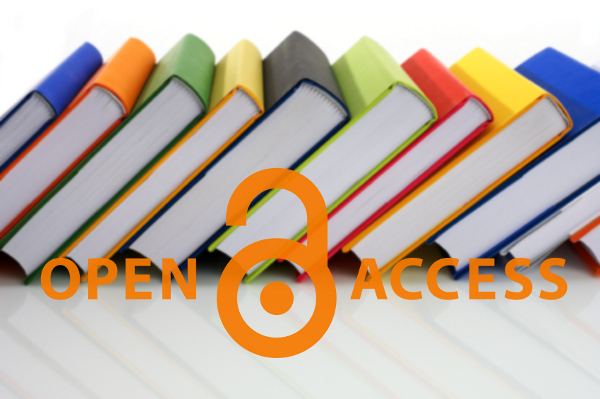Strategic publishing
Quality book publishing
Commercial publishers

Your book must be published by a commercial publisher or have undergone independent peer-review prior to publication in order be eligible for Excellence in Research for Australia (ERA), and to count against your publication record.
Some features of a commercial publisher are:
- Publishing of books is the sole business activity of the company
- Books released by the publisher are commercially available
The publishing company’s publication processes include quality control measures such as peer-review, or equivalent in-house quality control, such as expert assessment or review.
Vanity press
Print-on-demand, vanity press and companies that specialise primarily in the publication of theses are not considered commercial publishers.
These publishers:
- Exert little or no editorial control or peer-review process
- May refer to themselves as Joint Venture Publishers or Partnership Publishers
- Nearly always charge authors a fee for publishing their work.
Examples of vanity publishers include OMNIScriptum (previously VDM Publishing House) and LAP Lambert Academic Publishing.
Publishing with these companies may result in:
- Considerable financial cost to you
- Loss of copyright over your work
- Loss of academic reputation
What to look for when choosing a publisher?
-
Do you or your colleagues know the publisher? Have you read any books or chapters from this publisher before? Is this publisher well respected in your discipline?
-
Is the Publisher a member of the Committee on Publication Ethics (COPE)? Search their member list here.
-
Is the publisher clear on their website about the type of peer review used and if it involves independent/external reviewers?
-
Does the publisher use permanent digital identifiers, such as ISBN’s or DOI’s, for books and/or chapters?
-
Does the publisher allow you to retain copyright of your work? Does the publisher allow you to share an electronic version of your book or chapter via, for example, an institutional repository, and under what terms?
-
Will your book be indexed or archived in scholarly databases or Google Books/Google Scholar?
-
Is the publisher part of an open access initiative?
Check their bona fides on the Directory of Open Access Books
Read:
Open access books
There are a number of different models for publishing OA books.
-
Large commercial publishers - these charge a Book or Chapter Processing Fee which can be as much as US$17,000 for a book or US$1,700 for a chapter. Examples include Elsevier and Springer Nature.
-
University presses and niche publishers. An increasing number of these types of OA publishers are moving to “diamond” open access where no fees are charged to either publish or read a book. Their costs are covered by grants, subsidies, OA consortia or via the on-demand printing of hard copy editions.
-
Between these two extremes there are other models such as Library consortia or membership arrangements where a group of Libraries pays a subscription to fund a set of OA books.
This is a rapidly changing area with new OA book publishing models being developed across the globe.
Use the tools in the next tab to find the right publisher for your needs.

https://i1.wp.com/openscience.com/wp-content/uploads/2013/10/oa-books.jpg?fit=600%2C399&ssl=1
Read:
OAPEN Open Access Books Toolkit:
-
Ask an expert!
Check with colleagues and mentors about their OA book publishing experiences. -
Directory of Open Access Books (DOAB)
On this website, browse the list of OA publishers by name or subject area. Publishers all meet certain criteria for their peer review and licensing policies. DOAB’S Certification service OPERAs, is currently operating in Beta and will move into production in 2021.This will provide additional information around peer review, licensing and transparency, rather like the DOAJ Seal. -
OA Books Toolkit
A great source of current information on all aspects of open access book publishing. -
Open Access Scholarly Publishing Association (OASPA)
Search the OASPA membership database to find OA publishers who have been through a rigorous review process. -
Open Access Australasia
Provides an overview of developments in OA book publishing, including details on university OA publishers, commercial OA publishers and an indication of possible publisher charges. -
Open Access for Books Jisc Open Policy Finder hosts Open Access for Booksand offers an overview of publishers’ book policies to help authors and research organisations make informed decisions in open access publishing and meeting funders’ guidelines. The service is new and is under active development.
The true benefits of open publishing are only realised if works are discoverable.
Having a unique identifier such as a DOI or ISBN for OA books and book chapters will ensure that they can be discovered and uniquely distinguished. It is also important that their metadata or description is harvested by databases and search engines so they aren’t hidden in small collections away from public access.
OA books can be discovered in a number of ways:
- Library catalogues – Curtin University Library has a huge database of open resources discoverable through its catalogue
- Databases such as Scopus which include OA book chapters
- Google Scholar and Google Books
- Publisher platforms
- Vendor platforms – OAPEN Library, OpenEdition Books, Knowledge Unlatched, JSTOR
Read: